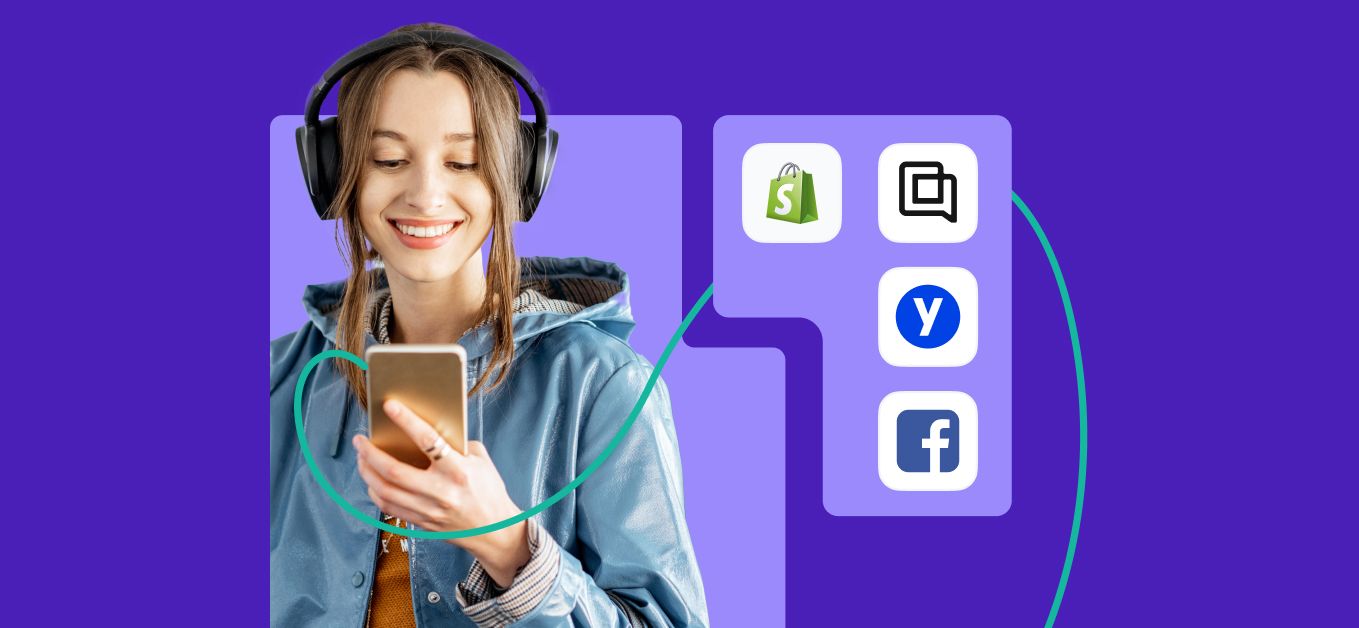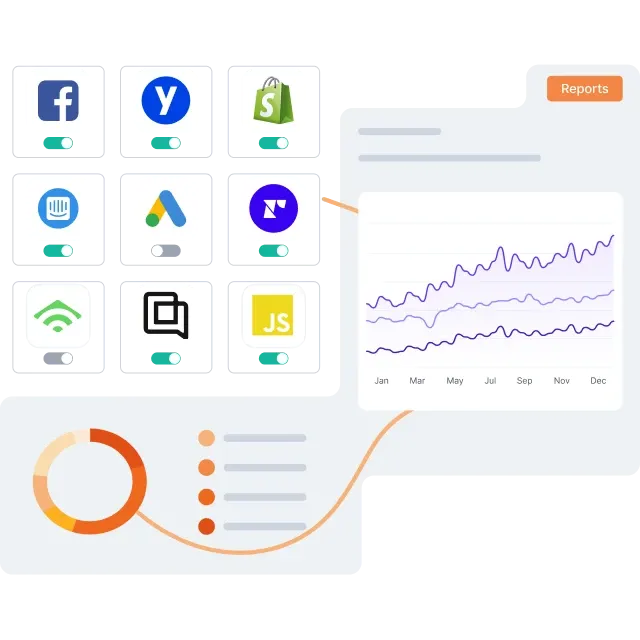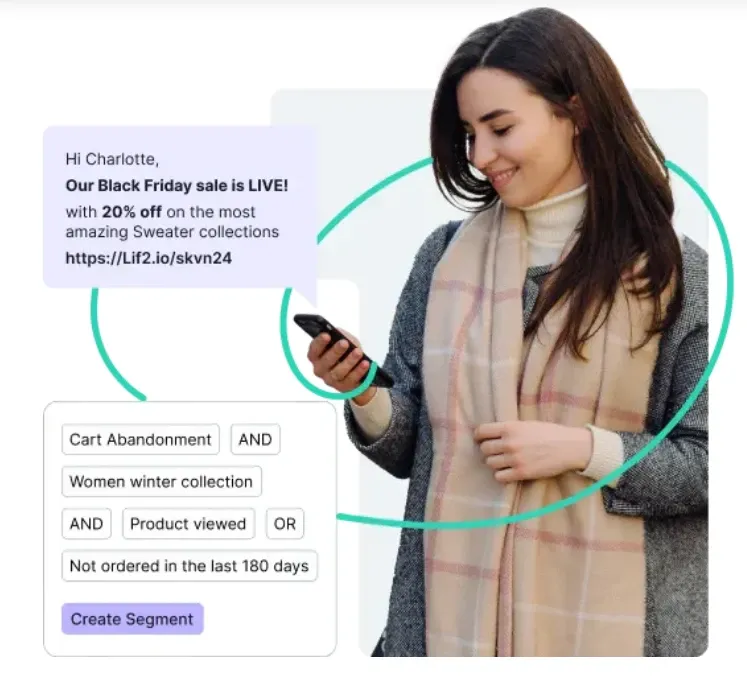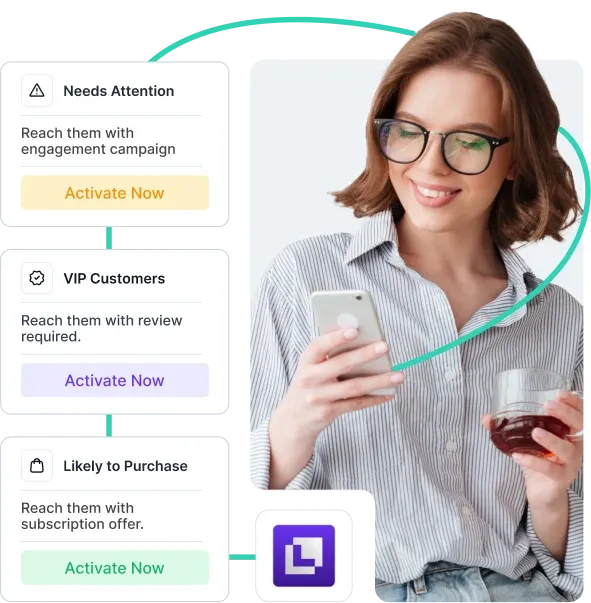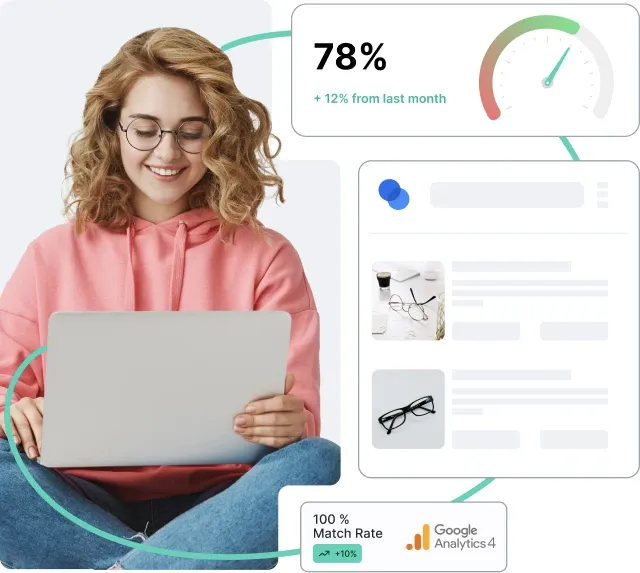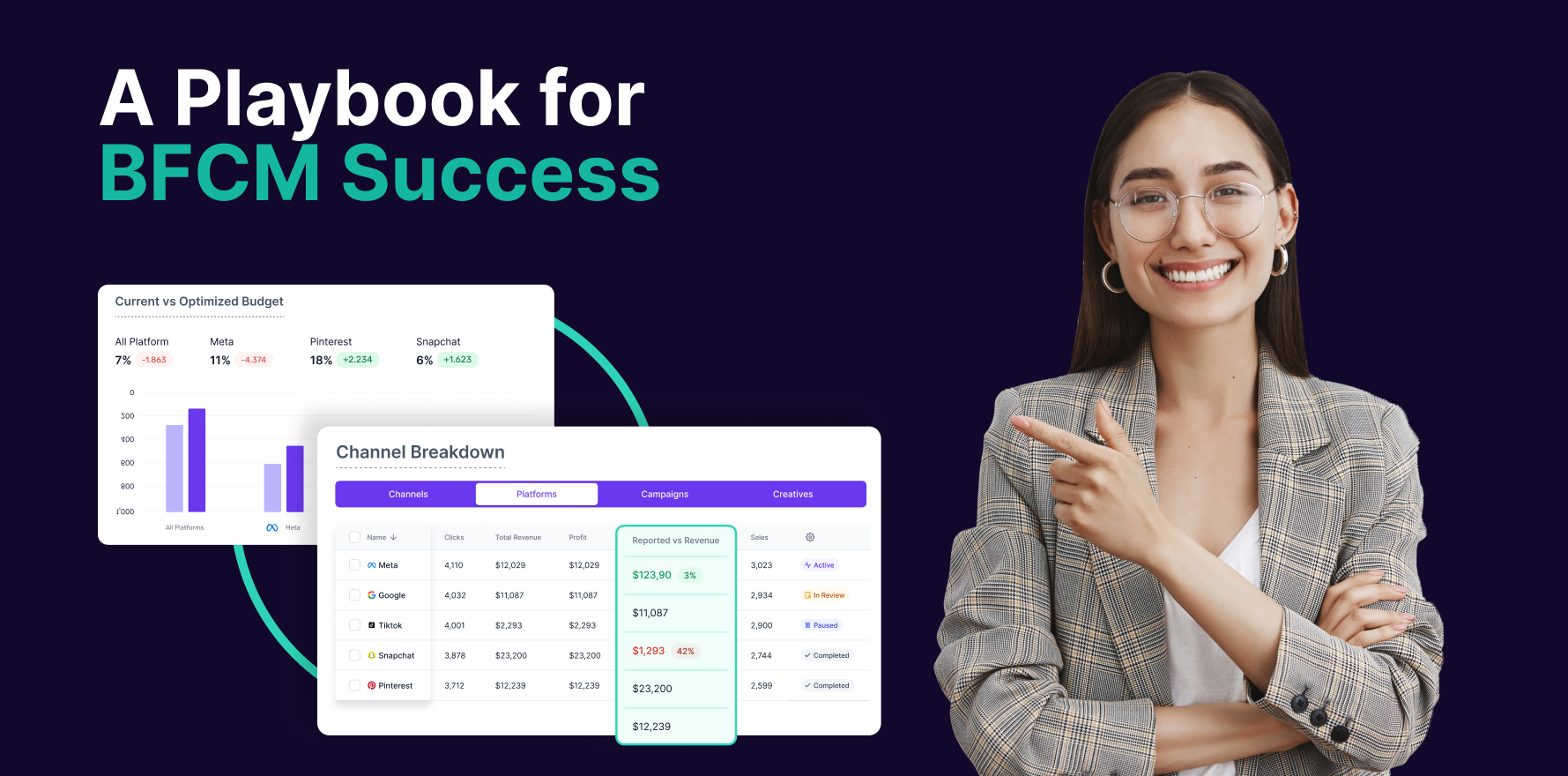In today’s digital age, where every touchpoint with customers is a golden opportunity, the online landscape is continually shifting. But with an avalanche of choices and competitors just a click away, it’s more evident than ever that customer experience (CX) is the shining star that can elevate a brand. A staggering 86% of buyers are willing to pay more for a great customer experience, highlighting its undeniable value. Yet, delivering that memorable experience is like threading a needle in the dark when your data is scattered across myriad platforms.
Why Is Customer Experience Broken?
The term “broken customer experience” isn’t just a buzzword in the industry; it’s a daunting reality that companies face daily. It disrupts the seamless journey the customer expects, turning golden opportunities into regrettable setbacks or missed chances.
With customers routinely switching between online and offline platforms, the challenge of tracking their preferences, behaviors, and expectations escalates. Most businesses have the digital equivalent of a jigsaw puzzle as their data stack, with pieces spread across multiple places (think: CRM, social media, web analytics). The result? A jarring, disjointed interaction that leaves the customer feeling more like a transaction and less like a valued individual.
Not only does a broken customer experience strain the brand-customer relationship, but it also comes with a financial price tag. According to a recent study by PwC, poor customer experience causes the U.S. economy a loss of approximately $1.6 trillion per year due to customers switching to competitors.
Companies often scramble to fill these gaps by piecing together data and observations, but most end up like a band playing out of sync noisy and offbeat. There’s an earnest need for a conductor to orchestrate these various instruments into harmonious tunes that resonate with the customers.
CDP Is Transforming The Customer Experience
A CDP, or customer data platform, can help solve the problem of a broken customer experience by providing a unified view of customer data across any touchpoints and channels. This allows businesses to better understand their customers, personalize their interactions, and deliver a seamless experience. By leveraging the insights gained from a CDP, businesses can create more relevant and personalized experiences for their customers, which can lead to increased loyalty, engagement, and revenue. But what’s the real magic behind CDPs? Let’s delve in.
The Art of Data Consolidation
The core objective here is to attain what industry folks often refer to as a “Single Customer View.” Imagine your business is like an orchestra, with each instrument (or data source in this case) playing its tune your CRM system keeps customer contact information, your ecommerce platform holds purchase history, while your social media channels capture likes and interactions. Separately, these instruments play nice melodies, but together they can produce a symphony a comprehensive understanding of your customer.
In the absence of a conductor (CDP), each ‘instrument’ may not be aware of what the other is playing, leading to discord rather than music. For example, Charlotte interacts with your brand on Facebook, checks out a product on your ecommerce site but doesn’t buy it, and also has past purchase history stored in your CRM. These disparate systems would keep these interactions isolated like soloists practicing in separate rooms.
Enter the CDP maestro like Connect. It gathers all these melodies (data points) and brings them into harmony. Connect would collect Charlotte’s social media interactions, her browsing behavior on your ecommerce site, and her contact and purchase history from the CRM. It would then ‘stitch’ these data points together to generate a single, unified view of Charlotte’s behavior. Now, you know she’s a 30-year-old female interested in apparel who almost bought a new sweater last week and has previously purchased a jacket.
Data Consolidation-Purchase behaviour
According to a study, 97% of businesses believe achieving this “Single Customer View” is vital for success. Why? Because now you’re not just throwing promotions and products at Charlotte haphazardly. You can tailor your marketing efforts, knowing what she likes, what she almost bought, and what she has bought in the past. You’re now conducting a symphony that’s music to Charlotte’s ears.
Nailing this isn’t a walk in the park; it’s complex and dynamic. Data from various platforms are often in different formats, updated at different intervals, and might even contradict each other. The CDP smooths out these issues in real-time, continually updating Charlotte’s profile so that your customer service, marketing, and sales teams always have the most current, holistic view of her.
Real-Time Engagement
In our fast-paced digital world, timing and relevance are the essence of customer engagement. Here’s where the real-time magic of CDPs comes into play.
Let’s stick with our imaginary customer, Charlotte. She’s been eyeing a sweater on your ecommerce site. She adds them to her cart but then leaves the site without completing the purchase classic cart abandonment. In the world before CDPs, Charlotte might receive a generic follow-up email days later, by which time she’s either lost interest or already bought the sweater from a competitor.
In the CDP-powered universe, things work differently. The moment Charlotte abandons her cart, the CDP springs into action. Within minutes, Charlotte receives a personalized email or push notification offering a 20% discount on that specific sweater she was contemplating. The message is not just well-timed; it’s hyper-relevant. It recognizes Charlotte’s immediate need and acts on it.
Real-Time Engagement-cart abandonment
This is not a mere discount code; it’s an experience, an interaction that resonates. The CDP, aware of Charlotte’s past interactions and current actions, has turned a moment of hesitation into an opportunity for re-engagement. It makes Charlotte feel seen, understood, and valued, increasing the likelihood of her returning to complete the purchase.
So, the CDP isn’t just cutting out faux pas, like offering you a dessert after you’ve just declined one. It’s continuously reading the data and making real-time adjustments to offer the most fitting experience at the most appropriate time.
Personalization & Omnichannel Optimization
The phrase “knowledge is power” holds especially true in customer experience. CDPs provide robust analytical tools that not only track customer behavior but also allow businesses to create custom segments. These segments can be incredibly granular, allowing for hyper-personalized campaigns targeting very specific customer groups.
Omnichannel Optimization-Segmentation
Such advanced analytics and segmentation not only yield higher conversion rates but also foster stronger relationships with customers. By understanding the customer better, companies can tailor their communications more effectively, leading to more meaningful and satisfying customer interactions.
Moreover, customers interact with brands through a multitude of channels from mobile apps to emails to physical stores. CDPs are built to support this intricate multi-channel landscape. They consolidate data from every customer interaction, regardless of the channel, into a single unified profile. This enables businesses to offer a seamless experience, whether the customer reads an email, browses through a mobile app, or walks into a physical store.
Overcoming Attribution Hurdles with a First-Party ID Graph
Think of CDPs as your advanced GPS in the confusing world of customer data. Where basic tools like Google Analytics 4 might lose track imagine a GPS that sometimes drops signal CDPs remain unflinchingly accurate.
For example, let’s say you run ads across various platforms. Charlotte clicks on your Facebook ad, then browses your site on her laptop but finally makes a purchase through her smartphone. Google Analytics might not connect these dots perfectly, leading you to misattribute the sale. You might end up overinvesting in less effective channels. A CDP like Connect, however, builds a first-party identity graph. This means it recognizes Charlotte as the same person across devices and even when cookies expire.
First-Party ID Graph-customer recognition
This heightened accuracy makes your ad dollars work smarter. You get a fuller picture, knowing exactly which touchpoint led to conversion, so you can invest confidently. It’s not just tracking; it’s a level-up in accountability and precision.
Wrapping It Up
A CDP investment isn’t just about hoarding data; it’s about using that treasure trove to build stronger, more meaningful customer relationships. From unifying data to driving real-time engagement and multi-channel harmony, a solid CDP isn’t just a nice-to-have it’s fast becoming a must-have.
Ready to elevate your customer experience game? Step out of the shadows and start making impactful, data-driven decisions. Discover how Lifesight’s CDP can help you forge lasting bonds, fuel customer loyalty, and skyrocket your revenue. Hit the link for a free demo or give us a ring to chat about your specific needs. Because your business doesn’t just deserve better; it deserves the best.
You may also like
Essential resources for your success
